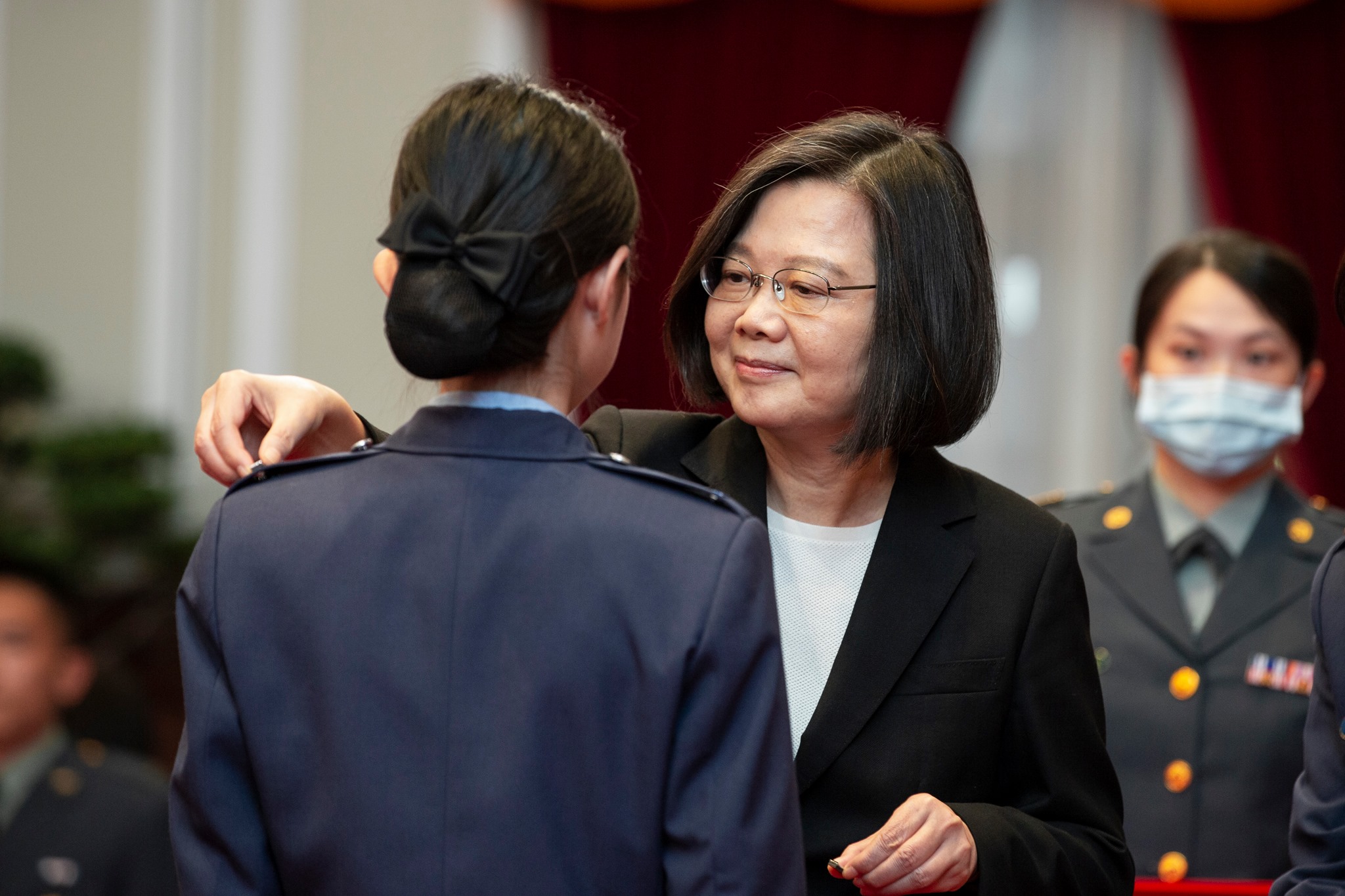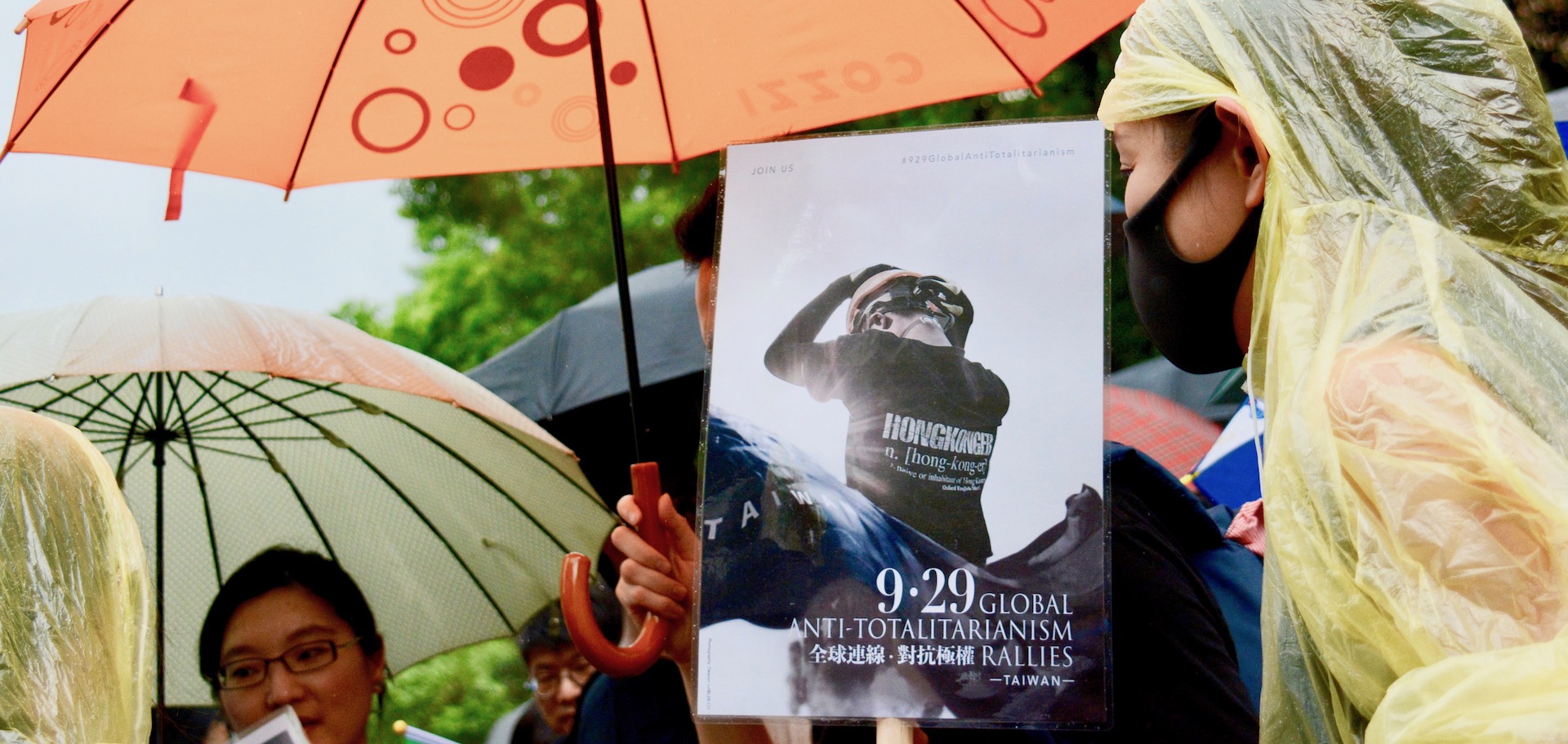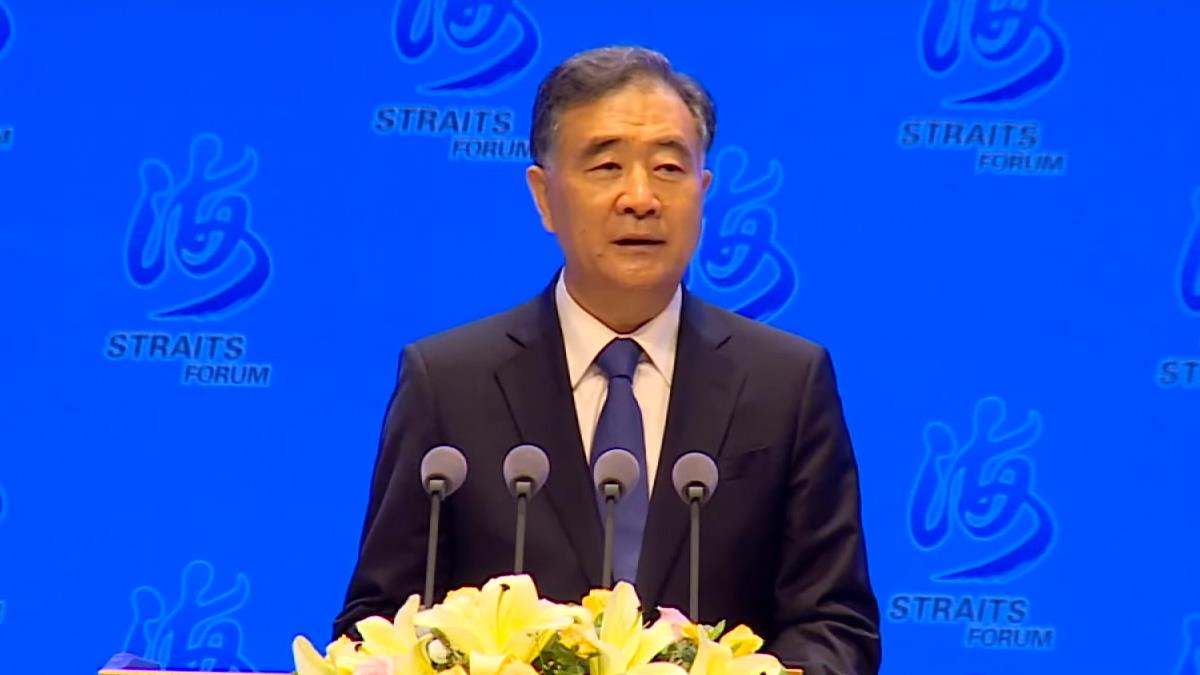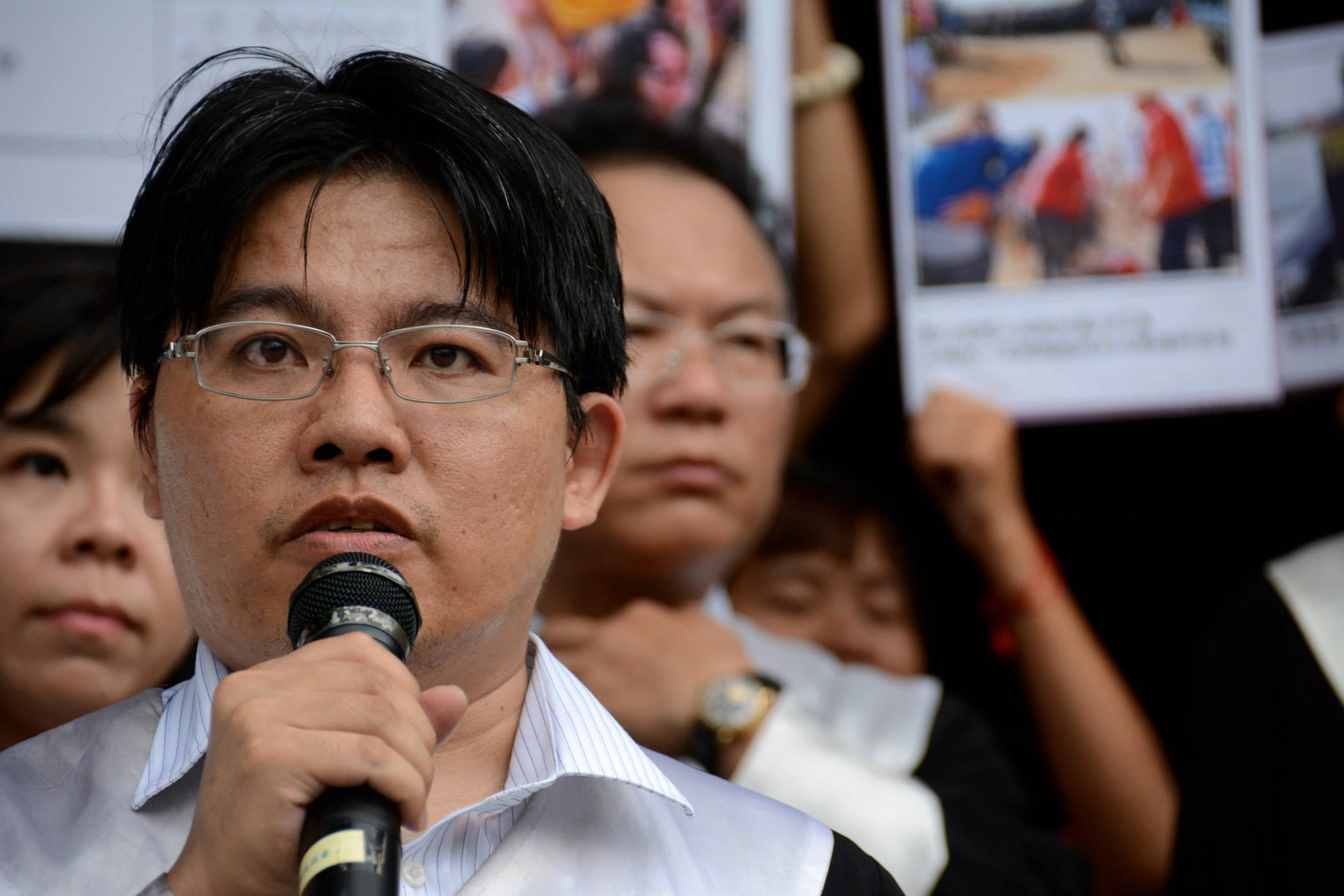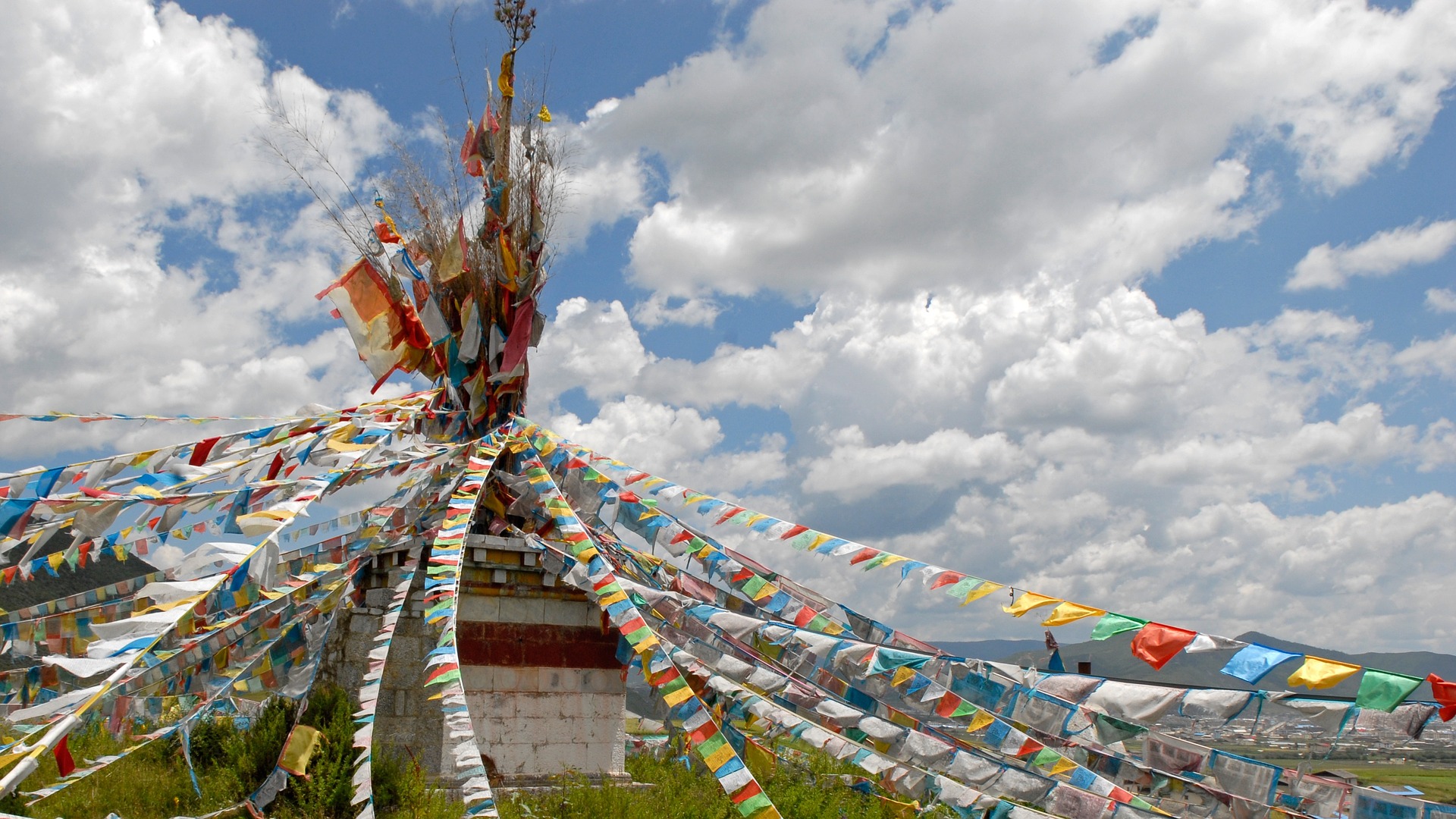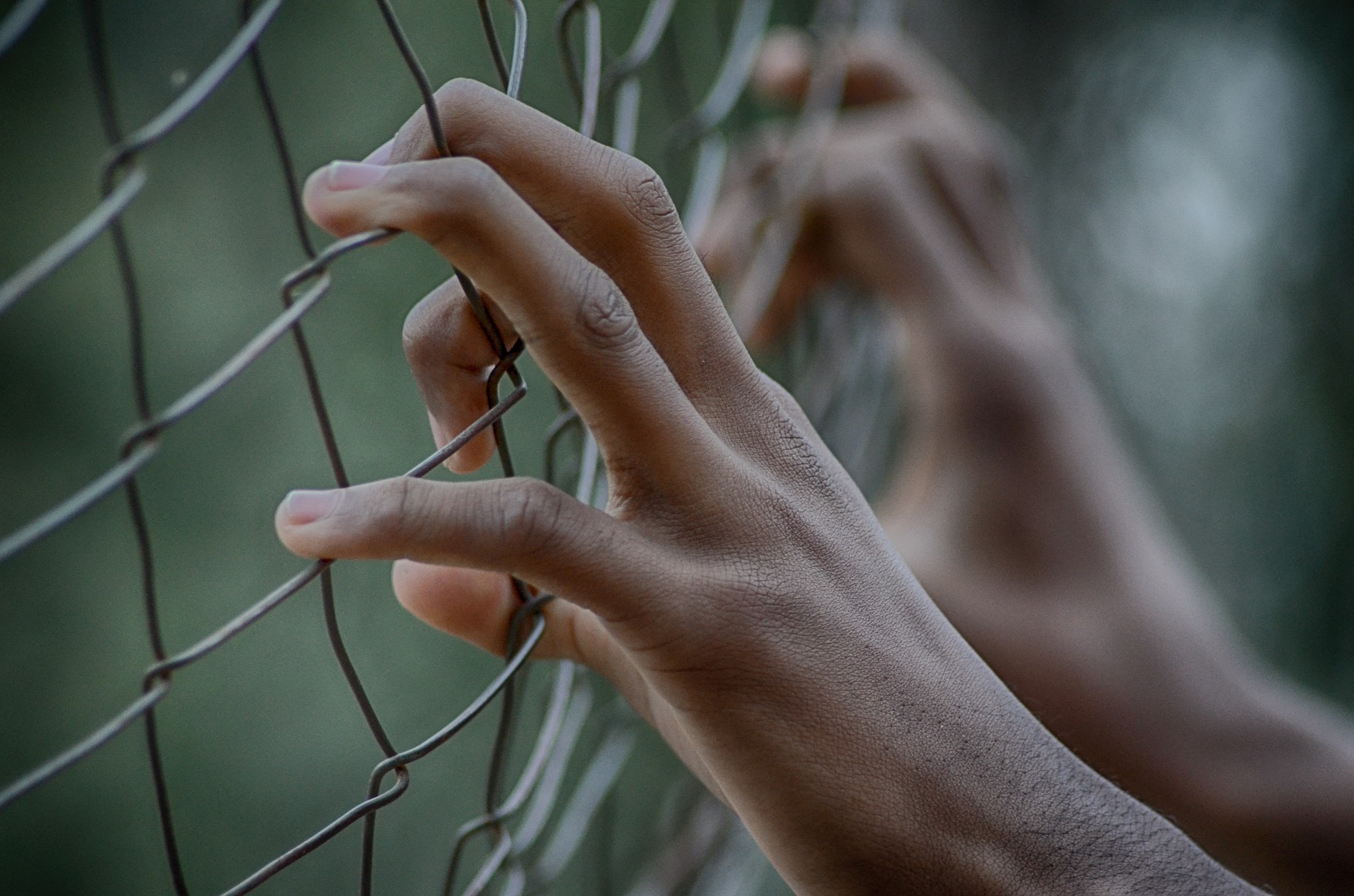The concept of race is becoming increasingly relevant in ultra-nationalistic China. Still, it’s an underreported and very poorly understood issue. A new book by Kevin Carrico aims to shed light on this controversial topic.
“The Chinese race is a big family and feelings of love for the motherland, passion for the homeland, are infused in the blood of every single person with Chinese ancestry,” said Premier Li Keqiang in a speech last year. According to Li, the many duties of ethnic Chinese residing abroad includes attracting investments to China and promoting Chinese culture — such as it is defined by the Communist Party.
To be ethnic Chinese can also be dangerous. When asked about the judicial status of kidnapped book publishers Gui Minhai and Lee Bo, Foreign Ministry spokeswoman Hua Chunying in 2016 told foreign reporters that every person born on Chinese soil or with “Chinese ancestry” is first and foremost a Chinese citizen. Never mind that Gui and Lee have Swedish and British passports respectively, not Chinese ones. “Race traitors” has also become an increasingly common label in state media to describe political activists.
And after Xi Jinping during the 19th party congress in October last year further stressed the duty of overseas Chinese to contribute to the realization of his “Chinese Dream,” analysts Harry Krejsa and Anthony Cho warned that Beijing is now displaying the warning signs of an emerging ethnonationalist power, by reaching out to “a massive and far-flung diaspora” in order to realize its own political goals. (Currently, about 60 million ethnic Chinese live abroad, of whom 80 percent no longer have Chinese nationality.)
 The Chinese Dream is based on the so-called “great rejuvenation of the Chinese nation,” which in turn is based on an important mistranslation. As noted by Jamil Anderlini in the Financial Times, a better translation of the phrase 中華民族偉大復興 would be the great rejuvenation of the Chinese race. According to Anderlini, official translators are consciously misleading us with this translation, as “nation” is free of references to colonialism or facist movements in Europe and beyond.
The Chinese Dream is based on the so-called “great rejuvenation of the Chinese nation,” which in turn is based on an important mistranslation. As noted by Jamil Anderlini in the Financial Times, a better translation of the phrase 中華民族偉大復興 would be the great rejuvenation of the Chinese race. According to Anderlini, official translators are consciously misleading us with this translation, as “nation” is free of references to colonialism or facist movements in Europe and beyond.
Whatever may be the case regarding the translation, race is perhaps more relevant than ever in an increasingly nationalistic and xenophobic China. But this phenomenon is little discussed and therefore poorly understood. As Kevin Carrico notes in the opening of his book The Great Han: Race, Nationalism and Tradition in China Today, the debate on wether the concept of race is at all “relevant to the Chinese experience of identity” is still being waged in academic circles today.
If unhappy today, romanticize the past
There should be no doubt about this relevance, and it is therefore welcome news that Carrico has chosen to examine the topic of race in his new book. The approach is also refreshing. Rather than dusting of old books or government reports, Carrico turns to the grassroots by semi-infiltrating the Han Clothing Movement, a traditional nationalist movement that wants to turn the clock back to a time when China was “the land of rites and etiquettes,” where everyone knew his or her place under the heaven.
The catalyst for this movement, and its name, was an APEC meeting back in 2001 when several heads of state were made to wear what was said to be traditional Chinese clothing, but was in fact a Manchu outfit known as “magua.” Internet forums boiled over with discontent, and people soon started to meet in real life to dress up in and take photos of a certain kind of Han clothing which the moment claims, without any substantial proof, dates back to the Yellow Emperor some 5,000 years ago.
Besides clothing apparel of old, participants in the movement also started to embrace the old way of life, including classical education and Confucian rituals. Or an imagined way of life, rather. As Carrico points out on several occasions, the movement is constructing a romanticized image of the “real China” of past times, in contrast with today’s society of capitalism, corruption, tainted milk powder, binge-drinking youth and whatnot. Hence, the movement naturally attracts people who are in different ways unhappy with their lives in the modern Chinese society of today.
This includes Liang, the underpaid security guard Carrico is drinking hard liquor with during work time, who will never be able to buy an apartment in the nearby cities of Shenzhen or Guangzhou. Or Yan, a restless woman who is unable to keep neither the same date or job for longer than a fortnight. Or Xia, an uneducated young girl who has to work at a KTV parlor far away from home to finance the future education and marriage of her younger brother. Or, indeed, the bachelors teaching young girls how to behave in a “pure” way, as the bachelors themselves can’t stand the thought of a modern and independent woman.
And of course there are the power-hungry individuals like “Brother Emperor,” who tries to hijack the entire movement for his personal benefit, even using Carrico’s own brief visit to his “world headquarters” as proof that he is the Han Clothing Movement’s indisputable leader. The fake photos Brother Emperor uses to convince Carricos and others that he was a pioneer in wearing Han clothing serve as an analogy for everything fake and rotten that is saturating this movement.
An exclusionary movement
Every movement of this nature needs a scapegoat. And the Han Clothing Movement has several. Naturally, the “West” has to bear the brunt for everything — from incompetent, unworldly emperors of the past, to stealing and the corrupting of “pure” Han women today. One could expect as much. But things are getting all the more distasteful when the movement turns on the 100 million or so Chinese citizens who happen to be something other than ethnic Han Chinese.
The other 55 ethnic groups of China are often regarded as some kind of pre-modern-time savages, living mainly through dancing and singing, lacking both the modern ways and the glorious past of the “Great Han.” The Manchus, however, are viewed as an outright threat to the Chinese nation. As the ethnic group behind the Qing dynasty (1644-1912), the last to rule China, the Manchus are discredited not only for destroying the perfect Chinese society that supposedly predated the Qing, but also for attempting to restore its empire in modern day China.
Among the most ridiculous conspiracy theories that are winning ground within the Han Clothing Movement is the notion that the Manchus masterminded the one-child policy because they really enjoy to kill Han babies. Due to their perceptions on China’s ethnic minorities, the Han nationalism (as opposed to just nationalism) of the Han Clothing Movement challenges the official status of China as a multi-ethnic country.
Among the most ridiculous conspiracy theories that are winning ground within the Han Clothing Movement is the notion that the Manchus masterminded the one-child policy because they really enjoy to kill Han babies.
Through his fieldwork Carrico, concludes that the Han Clothing Movement is racist, sexist, patronizing and excludes not only minorities bur also its own kind. A particularly sad story includes the character “Prince,” who finally dares to perform at an event held by the movement, only to be ridiculed and called “Queen” behind his back as his dance moves were deemed “too feminine” for a Han male. (“You might have people over there in America who act like that. But here, we don’t act like that,” Carrico is told when questioning the reasons for Prince’s ostracism.)
Despite learning about the Han Clothing Movement inside out, it still puzzles me. How big and influential is this movement, and what is it representative of? Carrico states that it is a rapidly growing movement with “associations in most major Chinese cities.” But I have a hard time erasing the thought from my mind that this is just a bunch of lunatics, akin to, let’s say, the diminishingly small group of active Nazis in my native Sweden who dream of a reborn Scandinavian great power united under a warrior king.
It would have been useful to have at least an estimate number of participants involved in this movement. I, for one, had never heard about it during my eight years working full-time as a journalist in China. Likewise, it would be interesting to know how this moment is responding to the increasingly nationalistic — and, some would say, Han centered — agenda of the Xi administration. But despite all his rhetoric about Chinese blood and ancestry, Premier Li does not appear in the book, and Xi is only mentioned once.
This is most likely due to the fact that Carrico conducted most of his fieldwork in 2011 and 2012. Nevertheless, five years later, it would be relevant to get a hint wether Xi’s hardline and arguably populist policies are fuelling the fire that the Han Clothing Movement apparently already had going during the tenure of the comparatively cautious Hu Jintao.
Embracing your enemy
In The Cleanest Race: How North Koreans See Themselves and Why it Matters (2010) Brian Reynolds Meyers attempts to decipher North Korean state propaganda over time, to see how it shapes the beliefs and pursuits of the people. As much as I appreciate Carrico’s more anecdotal and storytelling approach, it is clear that any book on this topic would benefit from a mix between personal experiences, government propaganda and most of all the interactions between the two.
That is especially so since the Han Clothing Movement must, by nature, have an ambivalent relation with the government. After all, how could a traditionalist movement possibly embrace a Communist Party which in less than seven decades succeeded in annihilating Confucianism — tearing down temples and tearing up values — only to introduce perhaps the rawest kind of state capitalism the world has ever seen? This issue is being touched upon, as we learn how the movement sees the Cultural Revolution as an effective campaign to root out the last bastions of the secret, all-powerful Manchus who are supposedly running the country behind the scenes.
But the Cultural Revolution also rooted out almost everything else. It would have be useful to hear a Han Clothing Movement ideologist, if any such individual exists, being grilled on how the movement really views the ruling party, apart from the often repeated claim that today’s China is not the “real China.”
It is also material to understand what could happen if, as Krejsa and Cho warn, the extremists have their way and China turns into an ethnonationalist power.
As stated earlier, the very reason for joining this movement appears to be an openness to a romanticized version of the past, which more often than not is born out of hatred for the China of today. Carrico also states that the Han Clothing Movement is not, as of yet, a particularly political organization. But still, when the movement is confronted with politics, its members tend to defend rather than criticize the current regime. Why? Those are uncomfortable questions that needed to be asked, but weren’t.
Carrico teaches modern Chinese history and society at Macquarie University in Australia, and the Han Clothing Movement was the subject of his PhD research. For good or bad, that shows. Despite a fine eye for detail and storytelling, The Great Han is not your regular page turner on contemporary China, but a piece of solid academic work filled with references to studies about nationalism and tradition in China and beyond.
As such, this book makes for a useful point of departure for further studies on race, nationalism and tradition in China. It is also important material to understand what could happen if, as Krejsa and Cho warn, the extremists have their way and China turns into an ethnonationalist power. Or, like Steve Bannon would say, if the Chinese “are gonna flip” like the Germans did in the 1930s.
As this is a scenario that looks less and less distant, the question of race undoubtedly requires more space in the discussion about China today.
Book details
The Great Han: Race, Nationalism, and Tradition in China Today
Kevin Carrico
University of California Press (2017)
264 pages
You might also like
More from Book Reviews
Lawyer, Advocate, Activist: Chiu Hsien-chih’s Vision for Justice in Taiwan
In his book ‘Stand By You,’ human rights lawyer Chiu Hsien-chih examines major human rights cases, problems with Taiwan’s legal …
New Book of Tibetan Short Stories Challenges China Narrative
‘Old Demons, New Deities’ will resonate in Taiwan, a country that, like Tibet, is torn between the competing realities of …
Stories From China’s Secret Prisons
In recent years hundreds of Chinese lawyers and activists have been arbitrarily jailed under a new form of detention. All …
